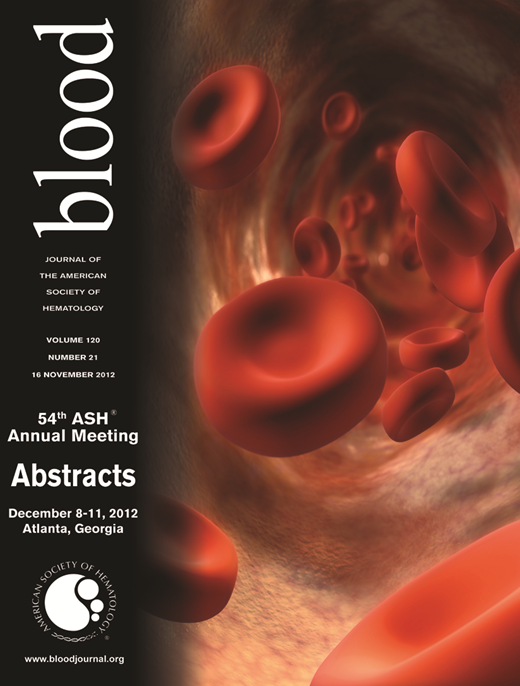Abstract
Abstract 4647
Apoptosis, which serves for the regulation of cell lifespan and is long attributed exclusively to nucleated cells, has been well-documented in anucleate platelets. Diverse cell-external chemical and physical stimuli have been reported to induce transformation of resting platelets to apoptotic state. Uremia, a clinical syndrome associated with retention of various solutes that would normally be excreted by the kidneys, is frequently accompanied by bleeding tendency, and the mechanism remains unclear. The aim of the present study is to investigate whether platelet apoptosis occurs in uremia patients.
Venous blood was drawed from 13 patients with end stage renal disease (ESRD) who exhibited uremia syndrome and 13 health controls. Platelet-rich plasma (PRP) was prepared and then was detected for apoptotic events including depolarization of mitochondrial inner membrane potential (ΔΨm), phosphatidylserine (PS ) exposure, variations of apoptotic Bcl-2 family proteins, activation of caspases-3 by Flow cytometry or Western-blot. Furthermore, normal washed platelets were incubated with the poor- platelet plasma (PPP) from uremic patients, and then were detected for apoptotic events. The comparisons of the data were made using paired Student's t-test.
Compared with controls, ΔΨm significantly depolarizated in platelets from uremic patients (P<0.05). Furthermore, Bax was up-regulated, Bcl-2 and Bcl-XL were down-regulated, and caspase-3 was activated in platelets from uremic patients. However, there was not significant difference in PS exposure and P-selectin expression between the platelets from uremic patients and health contols (P>0.05). Next, PPP from uremic patients was incubated with normal platelets, and the platelets presented ΔΨm depolarization, up-regulation of Bax, down-regulation of Bcl-2 and Bcl-XL, and caspase-3 activation.
The data demonstrate that platelets are incurred apoptosis in uremia patients. The finding might suggest a novel pathogenic mechanism for bleeding tendency in uremic patients.
No relevant conflicts of interest to declare.
Author notes
Asterisk with author names denotes non-ASH members.

